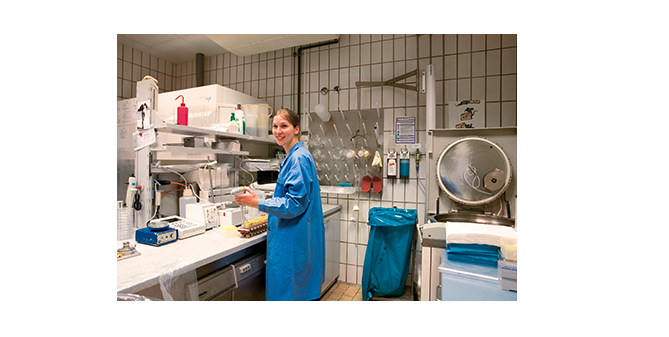In recent years, the advent of food delivery services has revolutionized the way people enjoy meals from their favorite restaurants. Platforms like Uber Eats, DoorDash, and Grubhub have expanded consumers’ access to a wide range of culinary options, providing convenience and flexibility.
The Impact of Food Delivery Services on Restaurants: Insights from Food & Beverage Magazine
While food delivery services have undoubtedly gained popularity among consumers, their impact on restaurants is a mixed bag. This article explores how food delivery services have positively and negatively affected restaurants.
Convenience and Accessibility
The convenience factor associated with food delivery services has been a game-changer for restaurants and consumers. Thus, delivery services with optimized delivery routing are preferred for fast and reliable food delivery. Busy lifestyles, long working hours, and changing consumer preferences have fueled the demand for home-delivered meals.
Restaurants that adapt to this trend by partnering with delivery services can cater to a broader customer base, including those who prefer dining at home. The ease of ordering through mobile apps has made it effortless for customers to enjoy their favorite restaurant meals without leaving their homes.
Increased Reach and Customer Base
One of the significant advantages of food delivery services is the expanded reach and customer base they offer to restaurants. By partnering with these platforms, eateries can tap into a larger audience beyond their physical location.
This exposure can significantly benefit small and independent restaurants that lack the marketing budgets of larger chains. With a food delivery service, a restaurant can attract customers who might have yet to discover them, thereby increasing their sales and brand visibility.
Revenue Generation
Food delivery services have opened up new revenue streams for restaurants. By joining these platforms, eateries can generate income from delivery orders in addition to their traditional dine-in sales.
This extra revenue can be especially crucial during challenging times, such as the COVID-19 pandemic when restaurants faced restrictions on indoor dining. Delivery services allowed them to continue operating and generate revenue, albeit at a reduced capacity. For many restaurants, partnering with food delivery platforms has proven to be a lifeline in uncertain times.
Operational Challenges
While food delivery services have brought numerous benefits, they also present some challenges for restaurants. The demand for delivery orders can strain a restaurant’s operational capabilities.
The kitchen staff must handle both in-house dining orders and delivery requests simultaneously, potentially leading to longer wait times and compromised food quality. Restaurants need to adapt their operations to accommodate the increased volume of orders, including hiring additional staff, optimizing workflows, and investing in technology to manage orders efficiently.
Profit Margins and Commission Fees
One of the contentious aspects of food delivery services is the commission fees charged to restaurants. While these platforms offer a way to reach a broader customer base, they often charge significant percentages of the order value as commission fees. This can eat into the restaurant’s profit margins, particularly for establishments with tight budgets.
Smaller restaurants, in particular, may struggle to absorb these fees, impacting their overall profitability. Some restaurants have attempted to mitigate this issue by introducing delivery-only menus or increasing prices for delivery orders. Still, these strategies may not always be feasible or popular among customers.
Maintaining Brand Identity and Customer Experience
Another concern for restaurants is the potential loss of control over the customer experience when relying on food delivery services. When customers order directly from the restaurant, the establishment has control over the food’s packaging, presentation, and quality.
However, with third-party delivery services, the delivery provider can influence the restaurant’s brand image and customer experience. Mishandled orders, late deliveries, or poor packaging can lead to dissatisfied customers, reflecting negatively on the restaurant, even if the issue lies with the delivery service.
Read Also: KIT KAT® Introduces Limited-Edition Churro Flavor for Summer
Conclusion
Food delivery services have undoubtedly transformed the restaurant industry, providing opportunities for growth and increased revenue. These platforms offer convenience and accessibility to customers, allowing them to enjoy restaurant meals from the comfort of their homes.
However, restaurants must carefully navigate the challenges presented by delivery services, including operational adjustments, commission fees, and potential loss of control over the customer experience. Striking a balance between the benefits and drawbacks of food delivery services is crucial for restaurants looking to leverage this growing trend successfully.
Ultimately, by adapting their operations, maintaining quality standards, and finding ways to optimize costs, restaurants can thrive in the evolving landscape shaped by food delivery services.






